Three Things You can do to Fight Health-Related Misinformation Online
Written by: Anurag Banerjee, Co-Founder, Quilt.AI
According to a Global Market Research Report by ESOMAR, online research stood out as researchers’ preferred method of data collection, compared to more traditional methods such as face-to-face interviews. Online research can be extremely useful for reaching people at scale and can also complement on-the-ground interventions, which had been made difficult or impossible because of mobility restrictions imposed by the COVID-19 pandemic. Though online spaces have vast potential to do good, they also present challenges, including the infiltration of misinformation in public health.
Misinformation related to public health concerns, such as immunization and family planning, is becoming commonplace. One way to dispel misinformation is to understand the conversation around these topics. Online research allows programs to profile and segment audiences on the basis of their social media discourse. Therefore, to understand how an online intervention can tackle health issues, particularly immunization and family planning, Breakthrough ACTION, in collaboration with Quilt.AI, designed and implemented the “Parents Fiers” (Proud Parents) campaign in Guinea. The campaign identified and addressed the barriers that prevent parents from making rational decisions (based on scientific evidence) when it comes to family planning or vaccinating their children.
For this online campaign, Breakthrough ACTION segmented Guinean parents into various behavioral types, depending on their attitudes towards vaccines and family planning (see table).
| Segment | Rejector | Traditional | Transitional | Progressive |
| Behavioral Traits |
|
|
|
|
Among these segments, the “Transitional” parents are most likely to take action when exposed to online behavior change campaigns. This is due to their openness to learning more about health and education. Nudging them towards appropriate information channels is most likely to positively impact their health decisions.
Based on the overall performance of the “Parents Fiers” campaign, Breakthrough ACTION was able to gain insights into the importance and use of online campaigns for behavior change:
- Replicate the tactics used by those people who are spreading misinformation online
- Misinformation, especially on social media platforms such as Twitter, spreads due to human and technological factors. Social media algorithms ensure content that gets the most likes, shares, or retweets will dominate most people’s timelines and feeds. Disseminating timely and accurate information can lead more people to adopt positive health attitudes and behaviors. People also are likely to believe information or react to/share content that coincides with their own beliefs, referred to as an “information bias.” Segmenting audiences before launching the campaign gave the project insights into Guinean parents’ views on vaccination and family planning. This exercise helped Breakthrough ACTION design messages that would appeal to each segment. Crafting messages that were tailored to the audience can improve online behavior change campaigns.
- To implement an online campaign like this meant being on people’s timelines constantly and consistently—preferably through messages that resonate with Guinean parents.
- Paying attention to the tonality of messages and related imagery to make people curious.
- Craft messages embedded in people’s lived experiences at a granular level:
- Online content better engages an audience when it reflects their lived experiences. This entails understanding the audience’s interests outside the focal issues like vaccines and family planning. For example, the project identified three top areas of interest for parents: technology and motor vehicles, beauty and fashion, and celebrities and entertainment. Approximately 91% of parents expressed an interest in technology and motor vehicle business pages. Similarly, 84% of parents indicated an interest in beauty and fashion, especially in discovering products to purchase. Lastly, 59% followed celebrities and entertainment news sites, which implies the significance of influencers’ voices in their lives. Thus, social media usage can be leveraged to engage parents through topics of their interest.
- These topics serve as a hook that programs can incorporate into communications strategies to engage parents on a variety of issues. Messages do not have to be limited to issues of vaccines and family planning; rather, content on the identified topics of interest can have a wide range of tones and messages social and behavior change programs can use for testing with intended audiences.
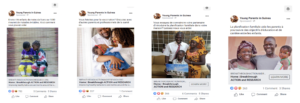
- Size narratives and online behaviors to help hone targeting and messaging
- Offline campaign methods like focus groups and interviews do not allow quantifying the size of behavioral segments at a large scale. Online campaigns make possible the identification of behavioral trends among thousands of people and audience segments. Sizing segments allows us to better direct and allocate resources and content toward those whose behaviors can be shifted in a positive direction.
- Quantifying various narratives on social media related to vaccines and family planning aided the project’s understanding of the discourse that dominated social media. Breakthrough ACTION found the narrative reflecting “distrust in the government and non-governmental organizations” dominated vaccination and COVID-19 discourse by 60% and 70%, respectively. This outlined the need to focus campaign content on debunking this narrative. The second-most popular narrative was on “safety concerns related to vaccines.” This included social media posts that warned others about the potential side effects or safety concerns of incomplete vaccines (20%), infertility after birth control (15%), or not following COVID-19 safety measures (10%).
Conclusion
As internet use increases, so does access to both information and misinformation. During a disease outbreak, the internet facilitates the spread of health-related misinformation at a larger scale and speed. This misinformation, in turn, fuels hesitancy and denial. Countering this requires organizations to develop strategic digital interventions. Behavior change campaigns can become an integral part of organizations’ communication strategies. Adding a digital component to research enables social and behavior change programs to meet people where they are and effect change from there.

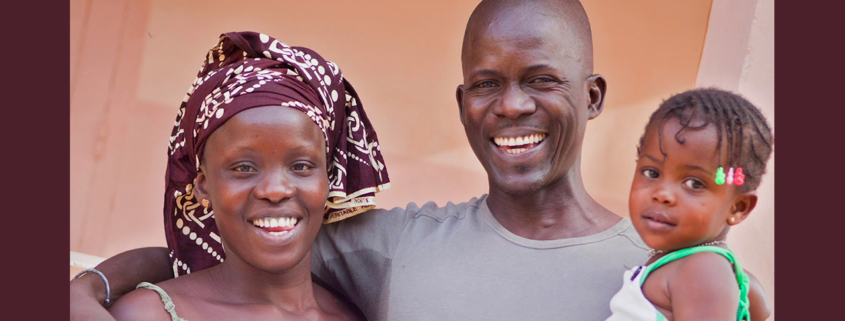
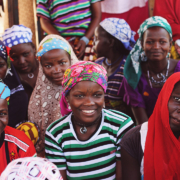 Cambey Mikush/Photoshare
Cambey Mikush/Photoshare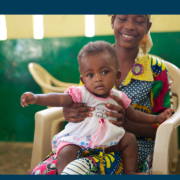 Sara Holbak/VectorWorks/Photoshare
Sara Holbak/VectorWorks/Photoshare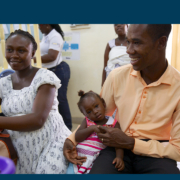 Sarah Hoibak/VectorWorks/Photoshare
Sarah Hoibak/VectorWorks/Photoshare Getty Images/Image of Empowerment
Getty Images/Image of Empowerment © 2012 CCP/NURHI 2, Courtesy of Photoshare
© 2012 CCP/NURHI 2, Courtesy of Photoshare
